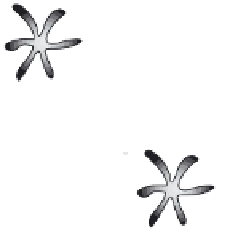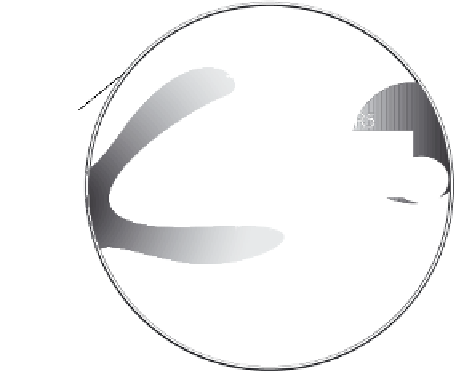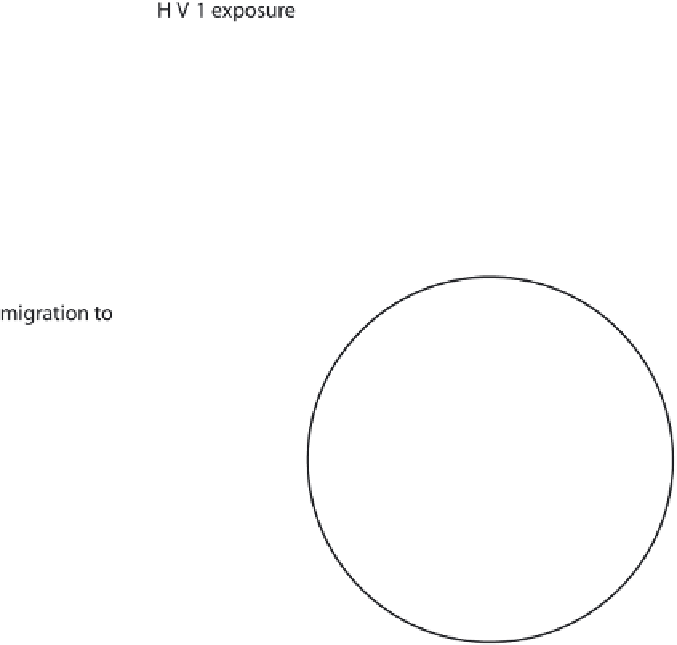Biology Reference
In-Depth Information
F i g u r e 11.4. DC ferry HIV-1 from the peripheral tissues to the lymphoid compartments, where
DC-bound HIV-1 infects CD4
T cells. DC are the ®rst targets of HIV-1 after mucosal exposure
and these cells are DC-SIGN positive. HIV-1 is bound by DC-SIGN, and the immature DC,
carrying DC-SIGN-bound HIV-1, migrates to the lymphoid tissues where it clusters with T cells.
DC-SIGN-bound HIV-1 is transmitted to CD4
T cells and DC-SIGN enhances the infection in
trans leading to a productive and sustained infection.
et al., 1999). Viral particles have been reported within endocytic vesicles of DC,
suggesting that DC-SIGN-bound HIV-1 may be internalized intact and pro-
tected during the time required for the cells to complete their journey to the
draining lymph nodes. Our studies suggest that HIV-1 is then presented by DC,
as particles bound by DC-SIGN, to the CD4/CCR5 complex present on T cells
in the lymphoid compartment, and that this greatly enhances viral entry into
these cells (Fig. 11.4). Blocking antibodies to DC-SIGN prevent both the ini-























































































































































































































































































































